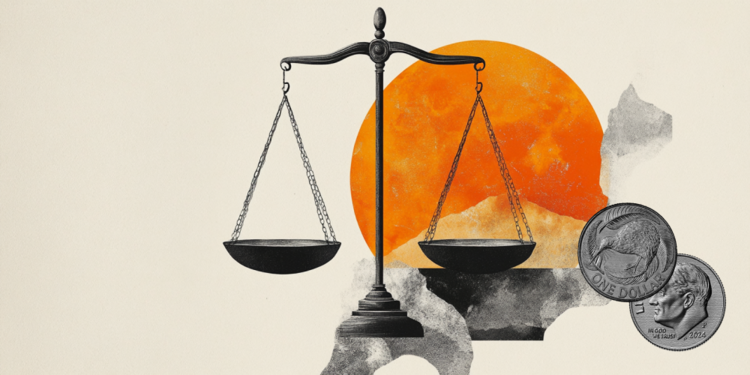The US National Hurricane Center said on Wednesday that Tropical Storm Lee is expected to rapidly intensify and become an “extremely dangerous” hurricane in the Atlantic Ocean this weekend.
Hurricane season approaches its typical peak in early September.
Lee could become a hurricane this Wednesday (6) and should gain strength reaching at least a Category 3 later this week.
“Lee is not far from hurricane strength and will likely reach that status later today,” the National Hurricane Center noted in its 5 am update.
“While it is too early to determine the location and magnitude of these potential impacts, we should monitor Lee’s progress and future forecast updates.”
The waves generated by Lee are expected to reach parts of the Lesser Antilles on Friday (8). These waves will likely offer life-threatening and rip current conditions. Lee’s winds could reach 240 km / h on Sunday night (10), according to the Hurricane Center.
Any changes along your route as you approach the islands could have a big impact. Anyone in the eastern Caribbean – including the Leeward Islands, Puerto Rico and Santo Domingo (which encompasses the Dominican Republic and Haiti) – as well as the Bahamas should be aware of the weather forecast.
It’s too early to know whether this system will directly impact the US mainland. But even if the hurricane remains offshore, dangerous waves and rip currents could once again threaten the East Coast.
Lee became a tropical storm on Tuesday (5), after forming early in the morning in the Atlantic and passing through extremely warm waters, according to the National Hurricane Center.
Rapid intensification occurs when a storm’s winds strengthen rapidly over a short period of time. Scientists defined it as an increase in wind speed of at least 55 km/h in 24 hours or less — a phenomenon aided by warm ocean waters.
As Lee steadily moves west-northwest this week, it will enter increasingly favorable strengthening conditions: high humidity, low wind shear, and unusually warm water extend nearly the entire projected path of the potential cyclone.
“The Center’s intensity forecast is extremely optimistic for a first forecast, but it falls notably below the intensity consensus,” said the Center’s Hurricane Storm Discussion. “All indications are that the storm will become a strong hurricane towards the end of the forecast period.”
Lee would be the fourth to achieve that status this season, after Don, Franklin and Idalia. The hurricane is expected to strengthen significantly over the weekend and become the third to reach a Category 3 of the season by the start of the weekend.
Sunday (10) is the climatological peak of the Atlantic hurricane season, when the basin is at its busiest on average. A surge of tropical activity around this date is not uncommon, but it can quickly turn dangerous.
The 2023 Atlantic season has already been busy: It’s above average for a number of different metrics, including number of named storms, number of hurricanes and number of major hurricanes, according to Philip Klotzbach, a research scientist at Colorado State University.
See also: Hurricane Idalia hits Florida with winds of 200 km / h
With information from CNN International meteorologist Robert Shackelford
Source: CNN Brasil
Bruce Belcher is a seasoned author with over 5 years of experience in world news. He writes for online news websites and provides in-depth analysis on the world stock market. Bruce is known for his insightful perspectives and commitment to keeping the public informed.







